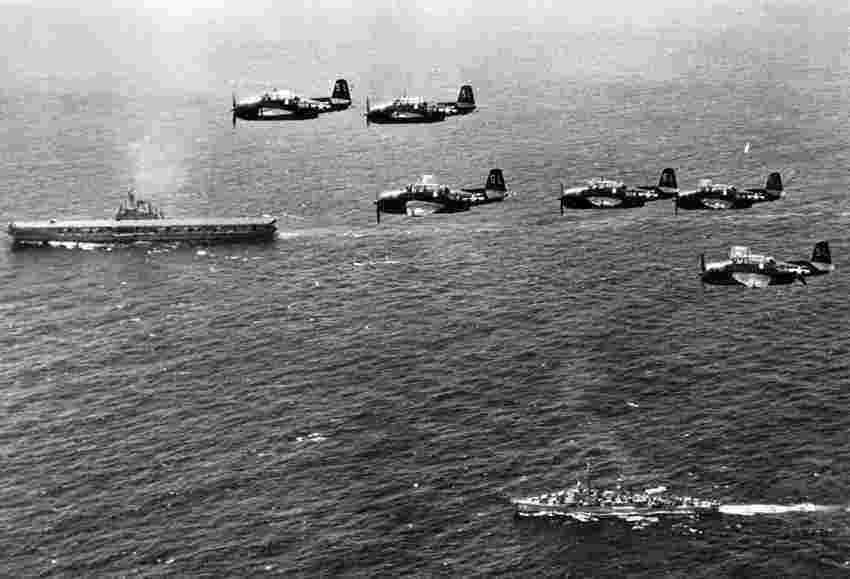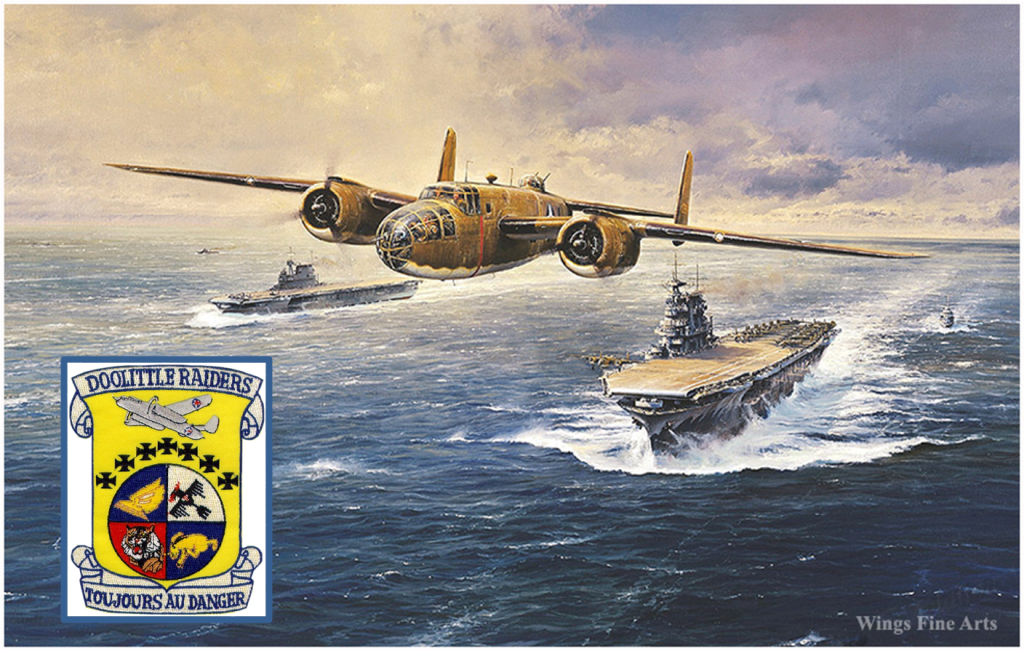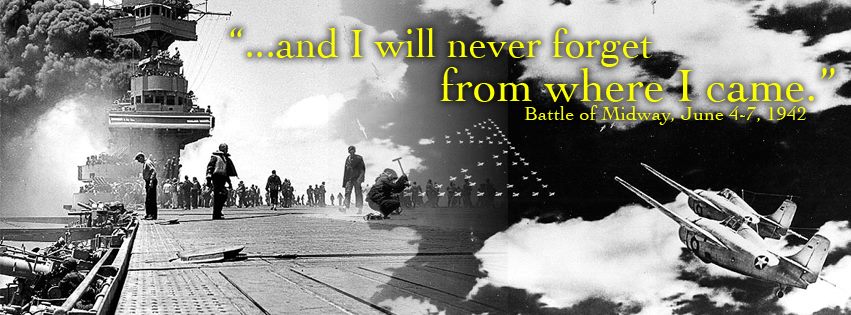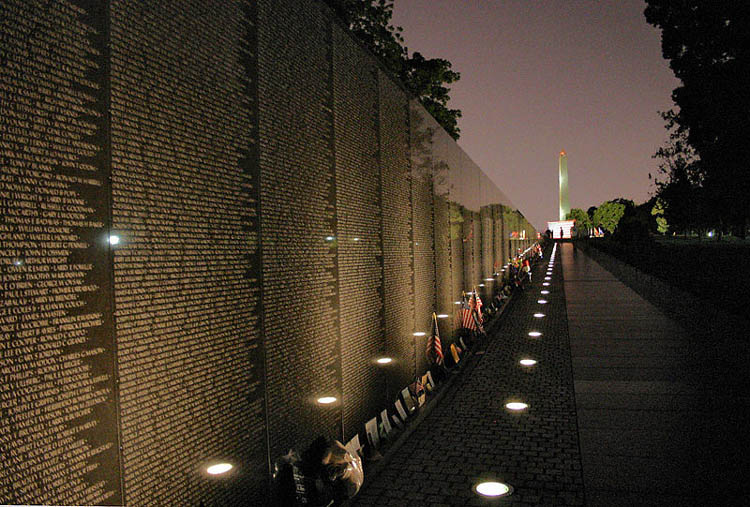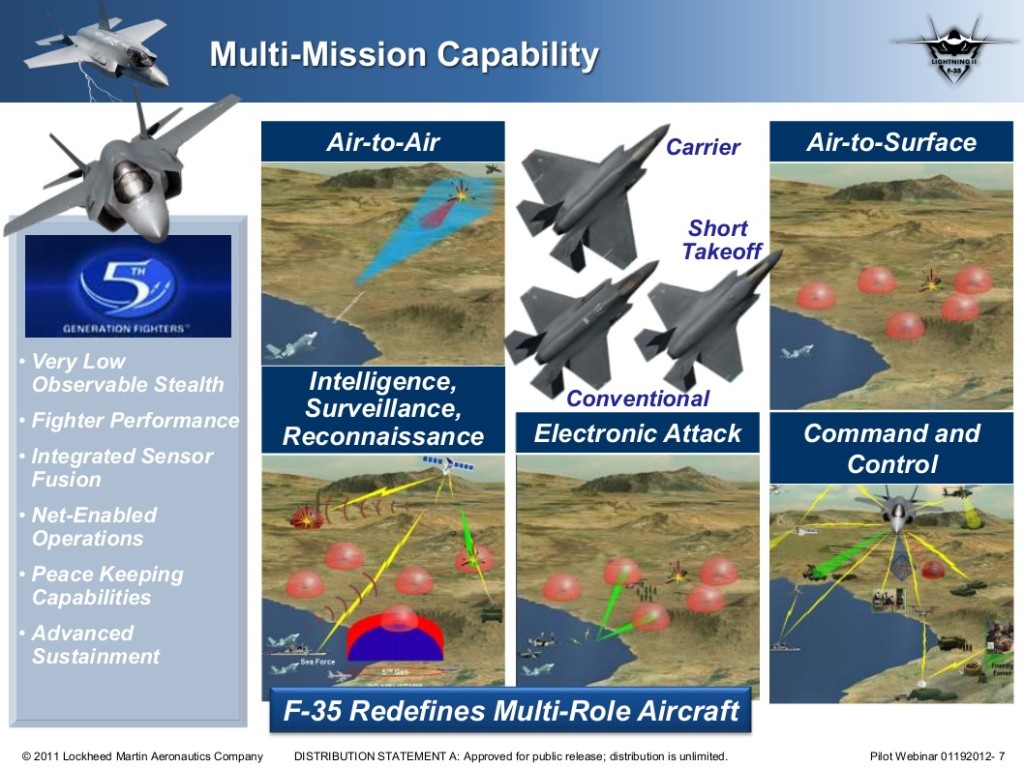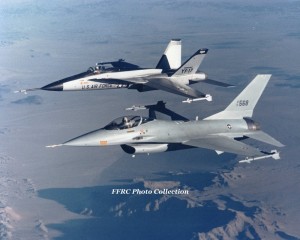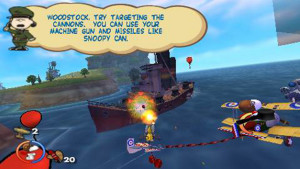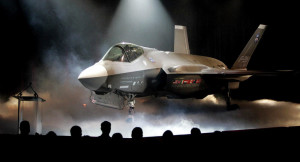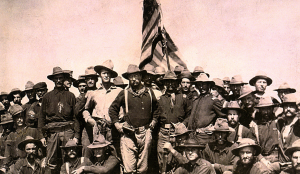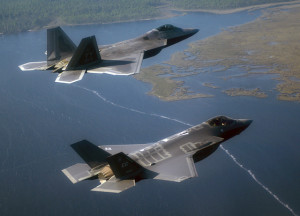On the third night of LB II three B-52s were shot down on the first raid. Seventh Air Force Headquarters Headquarters in Saigon and SAC Headquarters in Omaha went into shock. As a result they recalled the six B-52Gs targeted for Hanoi on the second raid, with the result that the North Vietnamese had done something that the Germans, Japanese, Soviets, Chinese, and North Koreans had never been able to to achieve – they had made an American bombing raid abort for fear of losses (Michelle, The Eleven Days of Christmas).
On the third wave, two more G’s were lost with nine of twelve crew-members lost. When Chairman of the Joint Chiefs of Staff, Admiral Moorer was briefed on the third night losses of the B-52’s, he picked up the phone and called the SAC Command post – “they’re setting their God-damned watches by the timing of your bombing runs!”
Brigadier General Glenn Sullivan at U-Tapao had had enough with the SAC/Omaha imposed “same way, same time,” single file bomber streams that were costing lives and aircraft. At 0930 the next morning, General Sullivan Sent a U-Tapao developed set of recommended new tactics directly (copy only to Eighth Air Force in Guam) to General J.C. Meyer, Commander of SAC. Things changed, but Sullivan’s action came at the cost of his career- one more assignment, not promoted and retired.
Whether you spent 18 hours watching Ken Burns Vietnam documentary or as many vets did, just skipped it, you owe it to yourself to spend 30 minutes or so watching this video on Linebacker II and the career ending courage of Brigadier General Glenn R. Sullivan who jumped his chain of command after the first three nights of disastrous same tactics over and over for the B-52’s and changed they way the rest of LB II was conducted.
This video plus the website Triumph and Tragedy at 30,000 Feet are the products of General Sullivan’s son, G. Ray Sullivan, Jr.
“Sully: A General’s Decision” from Peachtree Films on Vimeo.
December 18, 1972 The beginning of Linebacker II one of the most important operations in the history of the Vietnam conflict. Often overlooked, excluded or completely mischaracterized, it is, in fact, what brought the POWs home and ended our involvement in Vietnam. Please visit the site www.linebacker2.com and at the very least, the “Day by Day” page to pay tribute to those who made the ultimate sacrifice during those 11 days. …
We share a toast with ALL of those who participated in whatever capacity and whatever branch of service. It was an amazing feat on so many levels. Who knows what would’ve happened had we started here rather than finishing here…THANK YOU to all who were involved…Remember forever those who didn’t return…
Ray Sullivan

